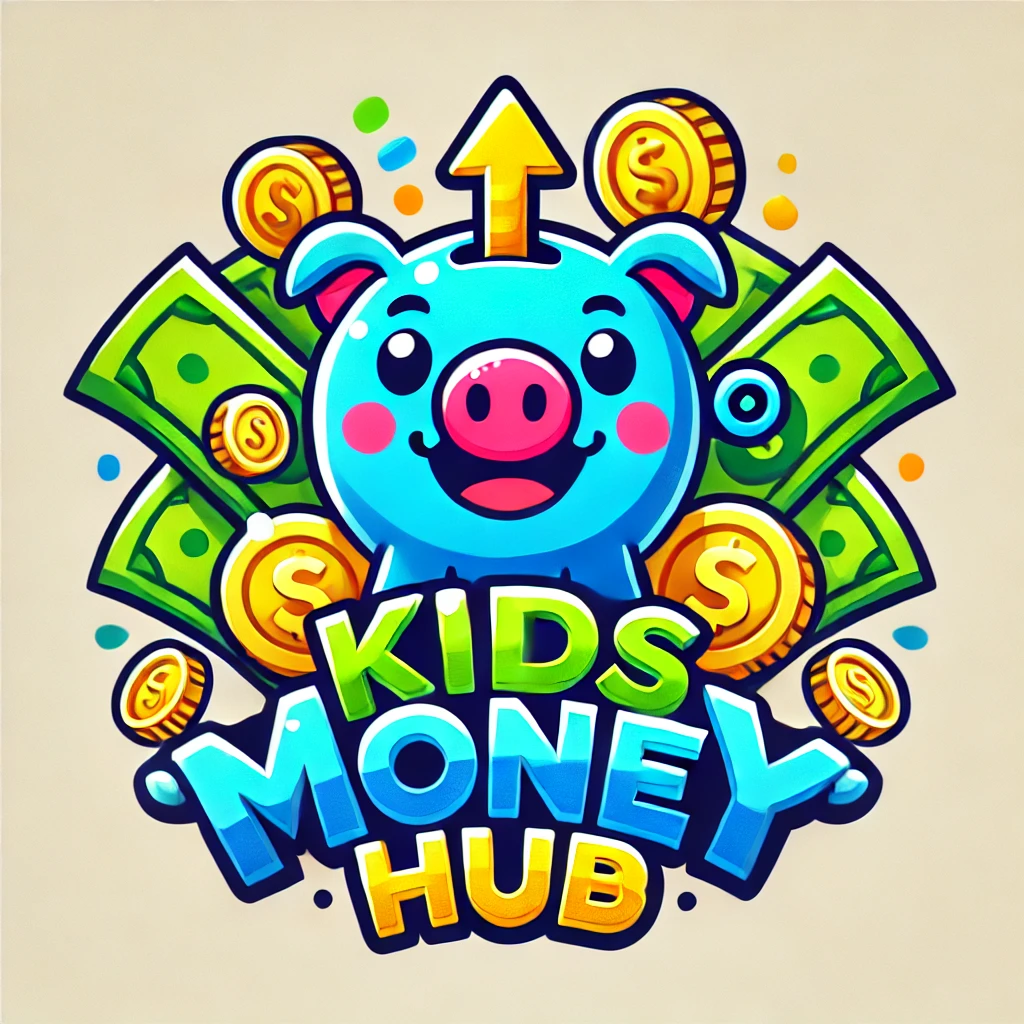Let’s be real. Teaching the kids the value of money is something we know we have to do, but how the heck do we do it. Kids love money. Whether they’re stuffing birthday cash under their mattress like tiny millionaires or begging for that one overpriced toy they’ll forget about in two days, money is a big deal in their world.
But here’s the problem: money isn’t the key to happiness.
(Shocking, I know. Try telling that to a kid in the middle of a toy aisle tantrum.)
So, how do we teach kids that money is important but not everything? How do we balance financial responsibility with generosity? And how do we raise kids who appreciate what they have—without turning them into mini Scrooge McDucks hoarding every penny?
The answer: By showing them that money is a tool—not the goal.
This guide will break down fun, practical ways to teach kids about money, generosity, and what truly matters in life(spoiler alert: it’s not more Robux).
Step 1: Show Them Why Money Matters (But Also Why It Doesn’t)
Kids need to understand the value of money and that it isn’t just for toys and candy—it’s what keeps the lights on, puts food on the table, and makes sure Mom and Dad don’t have to live off ramen noodles.
💡 Fun Money Lesson: “The Real Cost of Life”
Grab some play money (or, you know, the real stuff if you trust them) and go through a mock budget with your kid:
- Rent/Mortgage: $1,200
- Groceries: $500
- Car Payment: $300
- Utilities: $150
- Savings: $200
- Charity: $100
- Leftover for Fun? 🤔
Watch their eyes widen in horror as they realize how quickly money disappears. To me, this has been one of the greatest things we’ve done to teach our kids the value of money.

💡 Bonus Tip: Use a kid-friendly budgeting app like Greenlight to give them real-world practice managing money.
Step 2: Teach the “Three Jars” Method (Spend, Save, Give)
Now that they know money doesn’t grow on trees (or magically appear from Dad’s wallet), it’s time to introduce the Three Jars Method:
- Spend Jar – For treats, toys, and fun stuff.
- Save Jar – For bigger goals (like that overpriced Lego set).
- Give Jar – For charity, because helping others is just as important as helping yourself.
💡 Fun Money Lesson: The 10-10-80 Rule
Have your kid divide every dollar they earn like this:
- 10% to Giving 💖
- 10% to Saving 🏦
- 80% to Spending (because they still want candy)
💡 Parent Hack: Buy a simple and easy to use Three Money Jar. For digital savers, apps like GoHenry let kids track their balances online.
Step 3: Make Giving a Family Tradition to Find the Value of Money
If you want kids to value generosity, they need to see it in action.
💡 Fun Money Lesson: “Family Giving Day”
Pick a charity or cause as a family and let the kids be in charge of donating a portion of their Give Jar. They can choose to:
- Sponsor a child through Compassion International.
- Buy food for a local food bank.
- Donate to animal shelters because puppies deserve happiness too.
Let them experience the joy of giving firsthand—it’ll stick with them longer than any lecture.
Step 4: Teach “Stuff Won’t Make You Happy” (Even If It’s Super Cool Stuff)
Okay, try explaining to a 7-year-old that a giant pile of toys won’t bring lasting happiness and watch them look at you like you’re an alien.
So instead of telling them, show them:
💡 Fun Money Lesson: The “Happiness Experiment”
- Give them $10 to spend however they want.
- Let them buy a toy, candy, or game.
- A few days later, ask: “Does this still make you happy?”
- Now, let them use $10 to buy a gift for someone else or donate to a cause.
- Ask them again: “How did that feel?”
Spoiler alert: Giving brings more lasting happiness than buying more stuff.
💡 Science Backs This Up: Studies show that people who give are happier than those who spend everything on themselves. Teach this young!
Step 5: Show Them What “Rich” Really Means
Kids tend to think rich people = happy people (thanks, TV). But being rich isn’t just about money—it’s about relationships, purpose, and how you impact the world.
💡 Fun Value of Money Lesson: “Who’s Really Rich?”
Ask your kid:
- Would you rather have a million dollars but no friends or family?
- Or a happy, loving family and just enough money to live comfortably?
Watch them pause. Then explain:
👉 The richest people aren’t the ones with the most money—they’re the ones with the most love, joy, and purpose in life.
Step 6: Encourage “Greater Than Me” Thinking to Teach the Value of Money
The ultimate goal? Raising kids who think beyond themselves.
💡 Fun Money Lesson: The Legacy Challenge
Ask your child:
- “If you had $1 million, how would you help the world?”
- Have them research charities, causes, or ways to help people in need.
- Let them come up with their own “giving project” (fundraiser, volunteering, etc.).
💡 Inspire Them to learn about the value of money: Show them stories of real-life kid entrepreneurs who give back, like:
- Ryan’s Well Foundation – A kid who started bringing clean water to Africa at age 6.
- Mikaila Ulmer – A 9-year-old who started Me & The Bees Lemonade to save the bees.
When kids see that they can make a difference, they’ll realize money is just a tool—not the goal.
Final Thoughts on the Value of Money: Money Matters, But People Matter More
By teaching kids that money is important but not the key to happiness, we raise generous, financially responsible adults who use their wealth for good.
The goal isn’t to make them fear money or worship it—it’s to help them see money as a tool to build a meaningful life.
So, next time your kid asks for a ridiculous $200 toy, try this:
- Teach them to earn it.
- Show them how to manage it.
- Encourage them to share it.
- Remind them what really matters.
Because at the end of the day, the richest people aren’t the ones with the most money—they’re the ones with the biggest hearts.
💡 Parents, what’s your best tip for teaching kids about money and giving? Drop a comment below! 👇
I may earn a commission when you buy something from one of the items I link to.
Paid non-client/client endorsement/testimonial. Tier I affiliate. Compensation and additional details can be found at https://greenlight.com/affiliates-details

